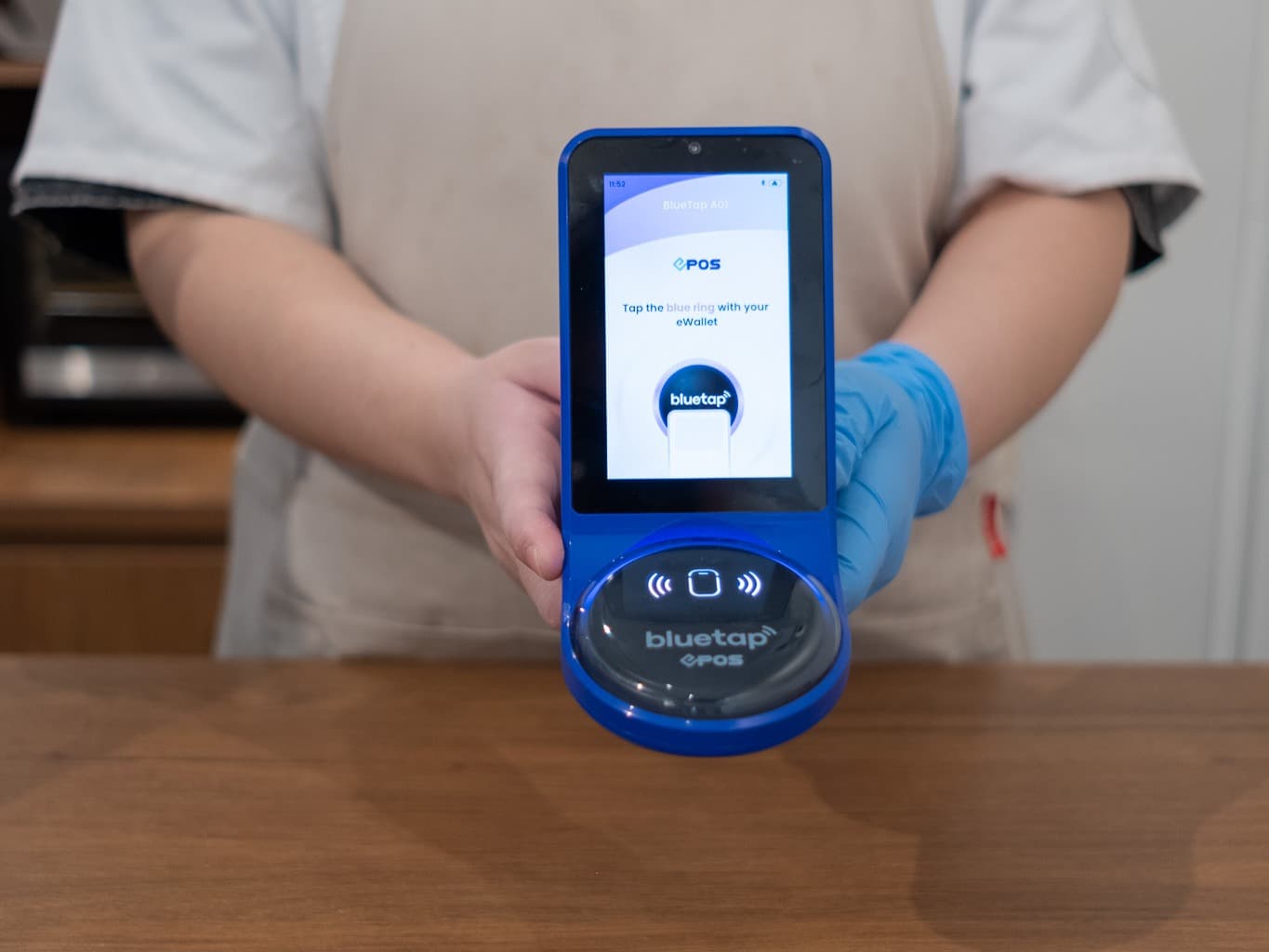
Colds and flus still the biggest single reason for being off sick in 2020 at 26.1% but lower than in 2019 by 4.3% (Office of National Statistics)
- Ill health cost employers £3.2bn in 2018/19 according HSE
- Nervousness amongst employees particularly those protecting and shielding the vulnerable[OO1]
- Doctors leading charge on infection control in 9 out of 10 NHS hospitals, stress that companies need to communicate clearly to workers how they can help curb the risk of infection and contamination in the face of a certain spike in cold and flu cases in the coming months.
With the early surge in cold and flu cases in the UK and norovirus season coming soon, businesses need to have a clear plan and guidelines in place to curb the risk of infection spreading across their workforce.
Typically, the most common cause for short-term absence in the workplace is minor illnesses, like colds and flu, upset stomachs and headaches. CIPD figures showed that last year sickness levels were at their lowest in the 20 years history of the survey because more people were at home to stop the spread of Covid-19 but also the spread of other debilitating viruses.
Rob Cook, Chief People Officer at GAMA Healthcare, UK’s leading supplier of disinfectant wipes and infection control training to the NHS said: “Even as an infection prevention company, we haven’t always been immune to staff catching bugs and viruses when in the office. Typically, the most common cause for short-term absence in our workplace was minor illnesses, like colds and flu, upset stomachs and headaches. Then COVID-19 arrived, and we stepped up the infection practice in the workplace applying the lessons learnt in preventing the transmission of infections in NHS hospitals. As yet, we have not seen a surge in flu and cold cases in the office and are confident that what we put in place last year will see us through the challenging winter ahead.”
GAMA’s expert advice to protect employees and colleagues in the office and at home
An infection control cleaning methodology that is now used in 9 out of 10 NHS hospitals, has been developed by NHS doctors and co-founders of GAMA Healthcare and Clinell Universal Wipes, Dr Guy Braverman and Dr Allen Hanouka.
Here’s what employers and employees need to be implementing to help to protect themselves from flu, colds and other viruses while at work this winter:
- Don’t forget the touch points– these are the areas you and your colleagues will come into contact with most frequently and they need to be cleaned regularly. Either contracted cleaners will need to stay on top of this, or you can take responsibility by using a disinfectant wipe before using. Areas to watch out for:
- Desks
- Door handles
- Chairs/ arm rests
- Light switches
- Communal eating areas
- Shared technology and printers
- Toilets
- Sinks and taps
- Hand rails and lift buttons
- Give products time to work– tempting as it is to put everything straight back down, cleaned surfaces need to stay wet for the time recommended, in order for the product to work properly. If it kills germs ‘in 30 seconds’, you should be waiting 30 seconds. Surfaces should be left to air dry for the contact time recommended – this can be from 10 seconds to 5 minutes or more, dependent on the manufacturer
- Wipe the clean bits first– it may seem tempting to focus on the dirtiest areas first but this can mean you spread dirt and germs to the cleaner areas
- Wipe your desk in an S shape – the most effective way of wiping is actually in an S-shape so that germs are swept away and not passed from one area to another.
- Cleaning surfaces methodically – starting in the middle or bottom and wiping up or down acts to spread germs. Working from the top to bottom is the most effective way to wipe.
- Use a different wipe for multiple surfaces– the more it’s used, the less effective it is – one wipe, one surface should be the rule.
- Clean your keyboard and mouse– laptops and computers can be difficult to clean and disinfect but they can also harbour more germs than a toilet seat. Use a post-it note to pick up crumbs and dust from between the keys, then use a disinfectant wipe over the screen and key pad.
New GAMA Healthcare and YouGov research highlights that 80% of workers are feeling nervous, anxious, or apprehensive about returning to work. Almost half interviewed (48%) cited their colleagues’ lack of action over infection prevention and control as the reason. While a third (32%) cited concern about their employer’s infection prevention and control.
These findings highlighted two fifths (41%) of adult workers are worried about catching Covid-19 from colleagues, while a fifth (20%) are concerned about catching another illness like flu or norovirus.
Almost a quarter (24%) are not confident in their employer’s ability to keep the workplace Covid-secure clean (i.e. clean enough to stop the spread of the virus). A fifth are worried about surfaces not being wiped down often enough (21%) and 29% are worried about the workplace not being ventilated enough.
Other reasons cited by for being nervous, apprehensive, fearful, hesitant, or anxious about returning to their workplace included:
– 46% being around people/colleagues in the office
– 32% their employer’s infection prevention and control
– 48% their colleague’s infection prevention and control
– 33%) sharing a bathroom/toilet with others
– 26% having to socialise with colleagues
– 37% touching something that could carry viruses or bacteria
Of those expressing concern about colleagues’ or employer’s infection prevention and control include:
– 31% said they are worried that they will ignore Infection Prevention and Control protocols
– 64% worried that they will not properly do the Infection Prevention and Control protocols (e.g. not wiping a surface properly, not using the correct products, not cleaning often enough etc.)
– 38% fear that they will forget to follow Infection Prevention and Control protocols
There is empirical evidence to support the worries of the 64% who feel that colleagues or employers will not follow Infection Prevention and Control protocols properly, another YouGov study* found that less than four in ten (37%) are actually wiping surfaces in a way that minimises the spread of infection[1]
73% said they would feel safer if there was a product available at their external workplace that killed Covid-19 and other viruses and bacteria on their hands/ surfaces. Good hand hygiene and surface hygiene are some of the most effective ways to help stop the spread of cold and flu viruses and protect those around us.
Karen Wares, Associate Clinical Director at GAMA Healthcare said: “The last year has made us all even more aware of how easily viruses can spread, especially whilst commuting, in enclosed workplaces and retail shops. Employers have a critical role to play in reassuring employees that appropriate measures have been taken to prioritise sanitisation by implementing infection prevention control practices to help keep everyone safe. Increasingly there is an expectation that employees should be cleaning up after themselves such as after meetings or using the kitchen, washing their hands regularly, disposing of tissues straightaway, wearing a mask if they have a cold.
But what happens when only some employees are doing this? Perhaps expectations haven’t been clearly communicated, or some are doing it more than they need to because they are anxious, adding extra time to their working day. It can start to cause tension in companies, especially if there is a set of rules for one part of the business and not the other; such as wearing masks for factories and retail shops, and not in the offices.”
What did GAMA Healthcare do?
Surface disinfection is crucial when preventing the transmission of infections. Viruses that cause COVID-19, colds or flu can survive for several days on a surface if not disinfected. GAMA Healthcare in their own offices has implemented double daily cleaning & disinfection of routine surfaces and introduced disinfectant packs into common spaces such as meeting rooms, along with touch-free sanitising gel in high traffic areas. They’ve also despatched their products to their staff to enable them to ensure their home environment is safe.
Employers helping their staff to navigate the season ahead
Sarah Dowzell, Assoc. CIPD, HR practitioner and Co-Founder of Natural HR, said: “Hygiene is now at the front of people’s minds more than ever before. Returning to the office, carrying out previously ‘normal’ tasks such as making tea rounds, using communal bathrooms and commuting may feel very daunting, especially after a year and a half of working from home. Clearly, the research GAMA Healthcare has carried out demonstrates that the cleanliness of our workplaces has become much more of a priority for workers than ever before. As employers, it is important that our teams are made to feel safe and supported in making their way back to the office and that we allay as many concerns as we can.
Communicating frequently with employees is key to providing reassurance and improving the understanding of infection prevention and its importance in the workplace. Explain what coming back into the office will look like, what new practices you have introduced to keep them safe, and why. Employees will likely seek comfort in the knowledge that there are considered, adequate measures in place to mitigate any potential risks and protect them in the workplace.
Similarly, providing employees with ways to voice any concerns they may have (whether by survey, anonymous feedback or on a one-to-one basis with their line manager) can help them to feel more at ease and ensures any apprehensions are being heard.”
Sarah’s top tips for employers navigating the return to work:
– Plan ahead (not only to allow for risk assessments to be carried out but also to ensure you can source cleaning and hygiene products, posters, signage etc in good time)
– If feasible, schedule informal get-togethers with each department in the office ahead of a formal return to allow employees to re-acquaint themselves with being in the office and to demonstrate the measures in place to ensure a safe place of work
- Maintain open communication with staff throughout the return to work and beyond
- Consider a phased or hybrid return to develop learnings and source feedback from employees
- Provide employees with a platform to give feedback and share concerns
- Ensure adaptability and flexibility: this is a novel situation that is constantly changing for everyone


